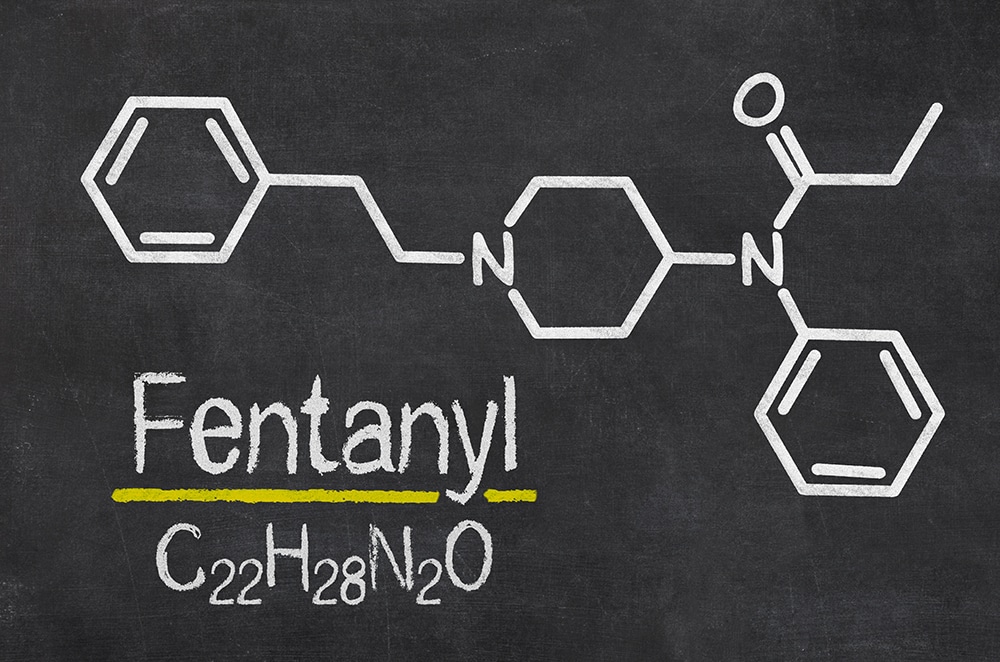Fentanyl is a formidable synthetic opioid that the Food and Drug Administration has approved for its anesthetic properties. Fentanyl’s analgesic strength is about 50 times higher than heroin and 100 times more powerful than morphine. While its sheer potency makes it medically useful as a painkiller, its widespread misuse has led to significant concerns and issues.
From Medical Breakthrough to Public Health Crisis
Fentanyl’s origins trace back to 1959, when Dr. Paul Janssen synthesized it in a lab. By the 1960s, it made its way into medical practices as an intravenous anesthetic. While companies produce and distribute it legally in the United States for medical purposes, its inexpensive nature and high potency have made it a target for diversion into illegal channels. This deviation can happen through various means – theft, fraudulent prescriptions and even illicit distribution involving patients, doctors and pharmacists.
In the 1990s, the medical field welcomed a revolutionary development – a transdermal skin patch designed to deliver fentanyl for treating chronic pain. This innovative approach had distinct advantages over traditional pain management methods. Its fast action with fewer side effects made fentanyl an appealing prescription option, reducing the potential for medical complications.
This initial success led to the introduction of various other fentanyl delivery systems, such as lozenges, lollipops, tablets and nasal sprays. While manufacturers designed these for medical utility, their ease of use and effectiveness inadvertently paved the way for misuse and inspired the fentanyl analog market. Today, illicit producers craft designer versions of the drug, tweaking its chemical structure to sidestep classification as controlled substances.
Rise in Fentanyl-Related Overdoses
The turn of the millennium saw a worrying trend. Between 1999 to 2011, opioid analgesic-related death rates in the U.S. surged almost fourfold. This alarming rise saw a sharper spike around 2013-2014, coinciding with the discovery of illicit pills laced with fentanyl, its analogs and other synthetic opioids like U-47700.
Between 2011 and 2018, there was a significant surge in fatal overdoses linked to illicitly produced fentanyl and its analogues. Additionally, law enforcement began encountering this drug at an alarmingly increased rate. The Centers for Disease Control and Prevention revealed that fentanyl analogues played a role in about 2,600 drug overdose deaths annually during 2011 and 2012. However, the situation intensified from 2012 to 2018. During this period, drug overdose deaths involving fentanyl and other synthetic opioids escalated sharply each year.
In more recent years, we have witnessed a troubling resurgence in the trafficking, distribution and misuse of illicitly produced fentanyl and its analogues. This rebound corresponds with a notable spike in overdose rates.
Your Future Starts Here
The history of fentanyl underscores the need for awareness, caution and responsible usage. While it has legitimate medical applications, its potent nature, combined with illicit production and distribution, has led to catastrophic consequences for many people and communities.
At Hope by the Sea, we remain committed to educating everyone about the risks associated with opioids like fentanyl and supporting people in recovery from substance use disorders. Our dedicated team of trained addiction professionals and counselors provide individualized addiction treatment tracks for our clients. Our admissions team is here 24/7 to take your call.

